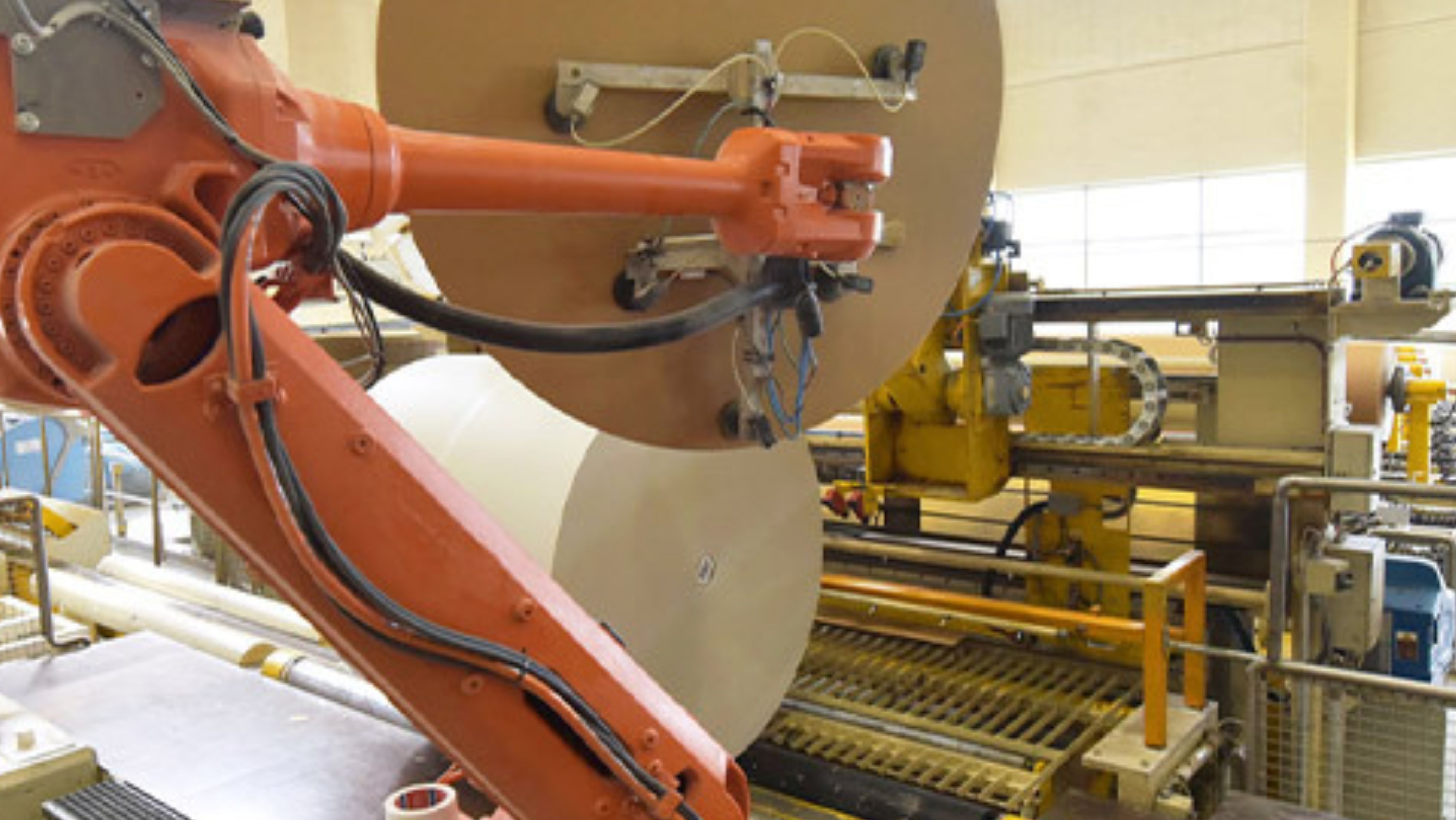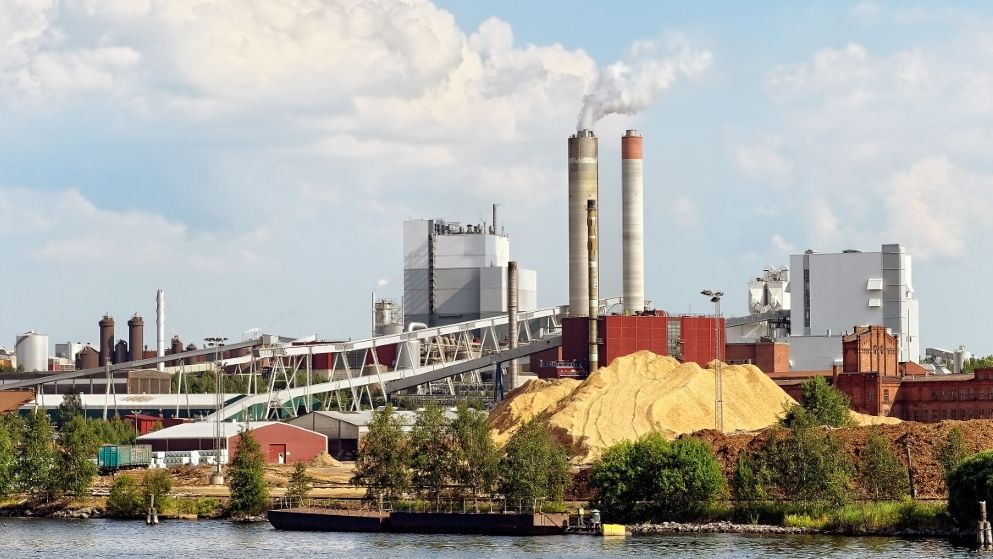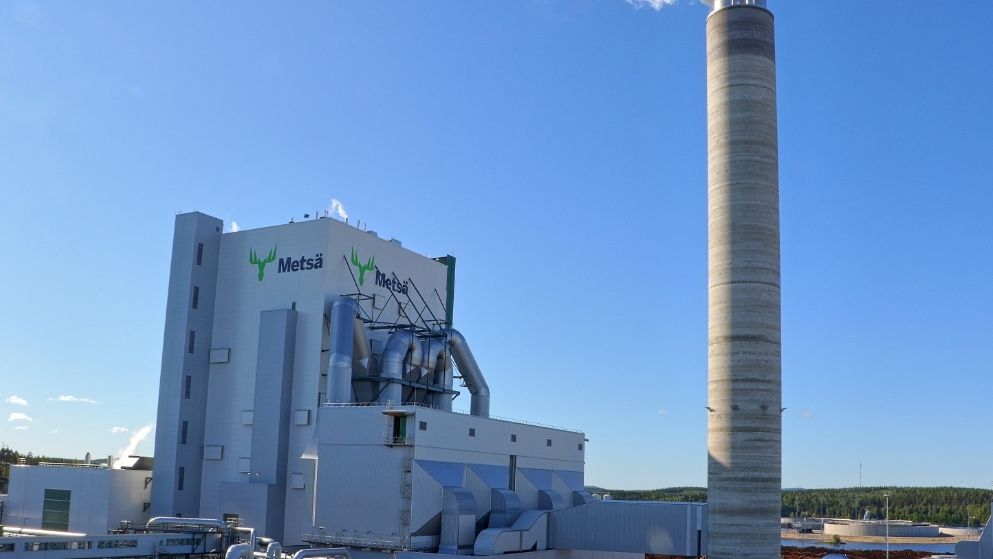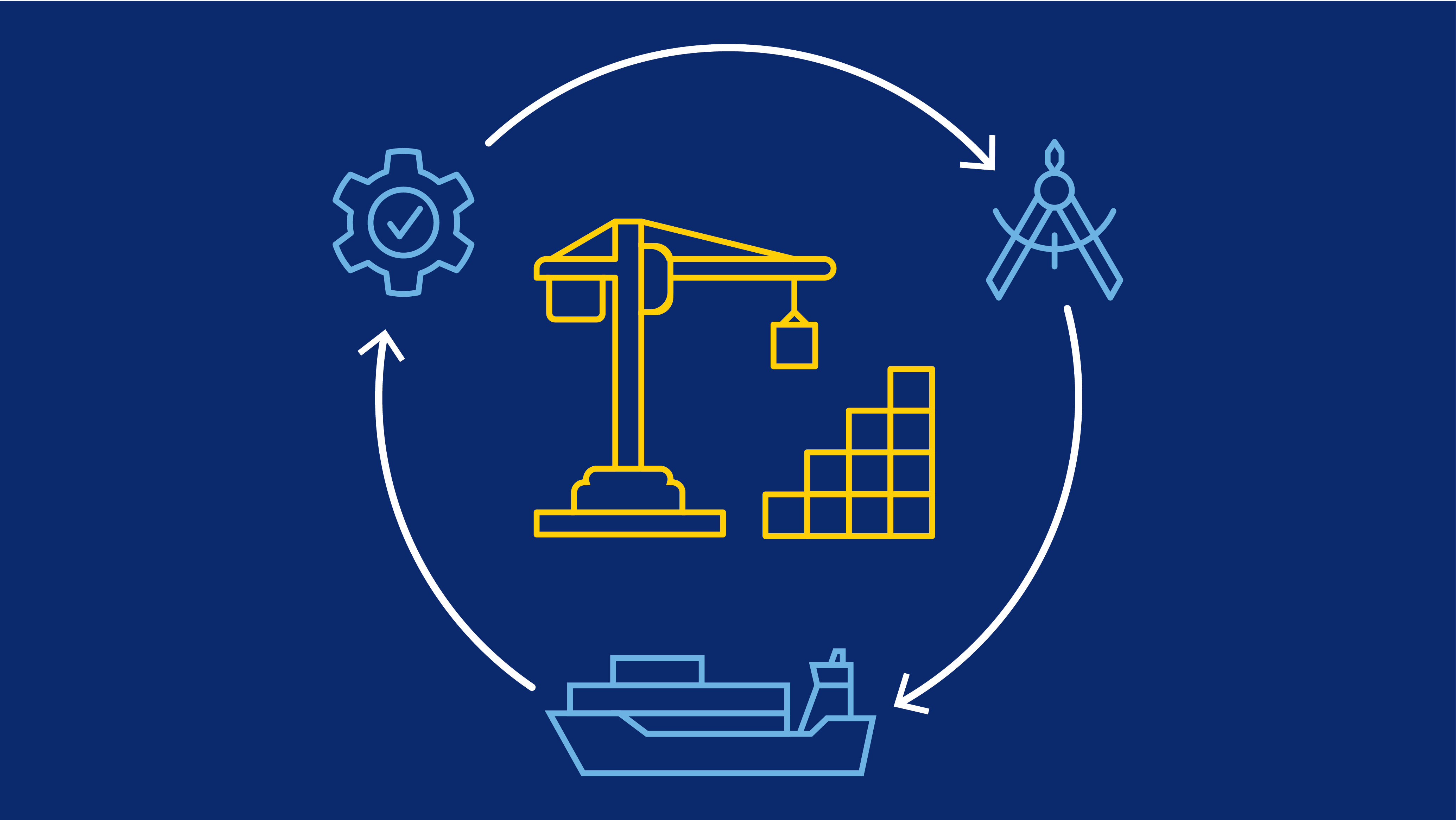The forest products industry remains a major contributor to the national economy, representing approximately 5% of the U.S. manufacturing gross domestic product, according to The American Forest & Paper Association.
However, with increasing pressure to modernize aging equipment to meet evolving customer demands and uphold strict safety standards, pulp and paper companies are finding it difficult to stay competitive. But modernization is not only beneficial—it's essential. Companies can help ensure that their operations remain efficient and safe by focusing on upgrades to critical components like winder and roll handling systems.
Maintain Production While Improving Safety
Winders and roll handling systems manage massive paper rolls, some weighing up to 15,000 pounds. Handling these heavy rolls demands precision and caution to prevent incidents, as their size and weight present logistical and safety challenges.
To be effective, it's crucial for pulp and paper companies to partner with experienced engineering, procurement, and construction (EPC) experts to ensure the right upgrades are implemented for their specific application.
Start With an Audit
When reviewing how to modernize an aging pulp and paper facility, one of the best places to start is with a thorough audit conducted by an experienced EPC provider. Partnering with a qualified EPC company to align equipment and processes with current industry standards helps ensure safety and compliance throughout the upgrade process.
During the audit, they’ll evaluate operation’s goals and identify ways to improve efficiency and maximize uptime, such as:
- Safety enhancements - Installing controlled access around winders can help reduce the frequency of incidents. Controlled access measures require equipment to completely cease operational activity before workers enter the area. This temporarily halts operation.
- Lost production - To make up for lost production, companies are installing new winders that operate at a much higher speed. For example, modern winders can achieve speeds of up to 8,500 feet per minute, which exceeds the previous rates of 4,000 – 7,000 feet per minute. These increased speeds help offset production time lost due to enhanced safety measures, balancing efficiency and safety improvements.
- Aging infrastructure – Many U.S. paper mills date back more than a century, so modernizing older facilities introduces another set of challenges. The aging infrastructure often requires a thorough evaluation to make sure they can handle new, heavier equipment. This means careful engineering and attention to detail because each project demands a tailored approach. Experts must consider the structural integrity and logistical challenges of aging infrastructure to help ensure that facilities can safely and efficiently handle the demands of today's paper production. In some cases, the installation requires the removal of sections of the roof or excavation of floors to get the new equipment into the building.
Manage Tight Timelines and Global Supply Chains
Tight timelines add another layer of difficulty. A winder replacement requires a major machine outage with a typical "paper-to-paper" 30-day outage window. Downtime can cost more than $100,000 per day, depending on the mill. This makes precision and adherence to timelines crucial. Any delays in equipment delivery or installation create significant financial impacts.
Integrating roll handling and winder systems concurrently is essential to reduce the risk of delays further. By upgrading both systems simultaneously, companies can ensure seamless compatibility and operation, preventing bottlenecks that might occur if the systems were updated separately. This integrated approach minimizes downtime and maximizes productivity during the upgrade period.
The pulp and paper industry has long faced disruptions. Global supply chains further complicate matters, as many components come from other countries. Thus, labor strikes or shipping delays can disrupt project schedules. EPC firms with strong logistics capabilities can plan to mitigate these impacts and help pulp and paper companies maintain profitability and stay competitive.
The Importance of Early Engagement with EPC Partners
Custom-built winders often take up to two years to manufacture and ship, making early planning essential to meet timelines and achieve seamless integration. By collaborating with an EPC partner like S&B from the start, companies can develop detailed strategies that address both logistical challenges and safety requirements, ensuring successful project outcomes that align with their operational goals.
Early engagement allows for the concurrent integration of roll handling and winder systems, which is vital to avoid delays. By planning these upgrades together, companies can synchronize project timelines, ensuring that both systems are compatible and operational simultaneously. This coordinated approach reduces the risk of unexpected issues and streamlines the installation process, ultimately contributing to a more efficient modernization effort.
For more information about modernizing aging pulp and paper equipment, contact an S&B expert here.





